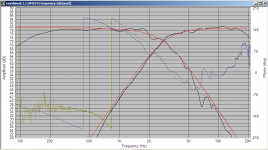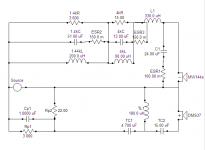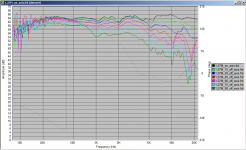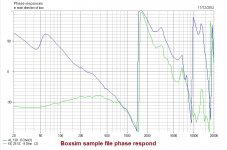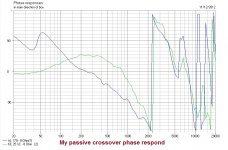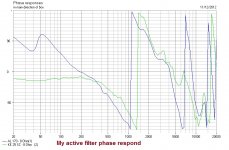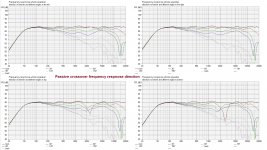Power response is not something I have much experience with, however I believe that it is representative of the total power emitted by the speaker (in all directions, horizontal and vertical) as opposed to the Frequency response which is measured (usually on axis) at a particular point. The reason it is also important is that the sound that reaches you at the listening position is a combination of the direct sound and also of reflections. If your speaker is uniform in it's power response then your brain should not get confused by the reflections. If it is very uneven in certain ways then your brain may not be able to make sense of the information.
The acoustic response I was referring to is the on axis Frequency response. It is also good to look at the behaviour off axis as well say at 15 deg, 30 deg and 45 deg to make sure that there isn't anything odd happening in those off axis areas. Ideally the curves should follow one another with the only difference being that the speaker becomes more and more directional (frequency response starts to drop off at lower and lower frequencies) as the off axis angle increases.
Attachment is actual measurement of my MTM at angles from on axis through 90 deg off axis, which shows how the frequency response varies as the off axis angle increases.
I'll have to look again at Steve's and your active posts.
The way I think about phase is to thing at what point on a sine wave is the signal. If you have two speakers producing a sine wave at the same frequency then if both are at the same point on the sine wave at the same time then they are in phase. If they are in phase they add together. If they are exactly 180 degrees out of phase they cancel each other out. At 90degress diference they have no effect on each other.
The below picture found though google images (from this site:
http://finalequinox.com/viewtopic.php?f=17&t=4695 ) will help with understanding phase (note that I just thought the image is clear, I'm not advocating anything else on the site
😉)
Tony.
